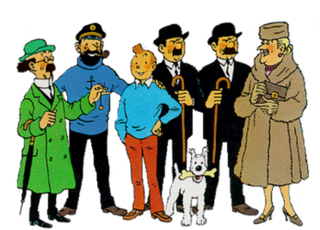
The Adventures of Tintin is a series of 24 comic albums created by Belgian cartoonist Georges Remi, who wrote under the pen name Hergé. The series was one of the most popular European comics of the 20th century. By 2007, a century after Hergé's birth in 1907, Tintin had been published in more than 70 languages with sales of more than 200 million copies, and had been adapted for radio, television, theatre, and film.

Tintin in Tibet is the twentieth volume of The Adventures of Tintin, the comics series by Belgian cartoonist Hergé. It was serialised weekly from September 1958 to November 1959 in Tintin magazine and published as a book in 1960. Hergé considered it his favourite Tintin adventure and an emotional effort, as he created it while suffering from traumatic nightmares and a personal conflict while deciding to leave his wife of three decades for a younger woman. The story tells of the young reporter Tintin in search of his friend Chang Chong-Chen, who the authorities claim has died in a plane crash in the Himalayas. Convinced that Chang has survived and accompanied only by Snowy, Captain Haddock and the Sherpa guide Tharkey, Tintin crosses the Himalayas to the plateau of Tibet, along the way encountering the mysterious Yeti.
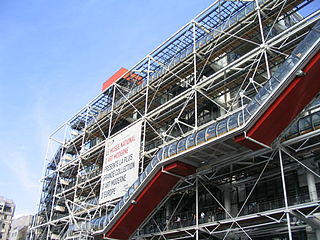
The Musée National d'Art Moderne is the national museum for modern art of France. It is located in the 4th arrondissement of Paris and is housed in the Centre Pompidou. In 2021 it ranked 10th in the list of most visited art museums in the world, with 1,501,040 visitors. It is one of the largest museums for modern and contemporary art in the world.
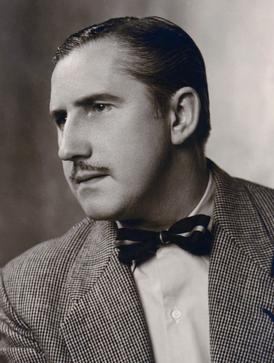
Edgard Félix Pierre Jacobs, better known under his pen name Edgar P. Jacobs, was a Belgian comic book creator, born in Brussels, Belgium. He was one of the founding fathers of the Franco-Belgian comics movement, through his collaborations with Hergé and the graphic novel series that made him famous, Blake and Mortimer.
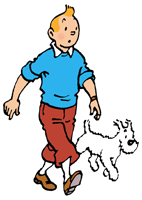
Tintin is the titular protagonist of The Adventures of Tintin, the comic series by Belgian cartoonist Hergé. The character was created in 1929 and introduced in Le Petit Vingtième, a weekly youth supplement to the Belgian newspaper Le Vingtième Siècle. Appearing as a young man with a round face and quiff hairstyle, Tintin is depicted as a precocious, multitalented reporter who travels the world with his dog Snowy.

Benoît Peeters is a French comics writer, novelist, and comics scholar.
Yan Pei-Ming, born 1 December 1960, is a Chinese painter. Since 1981 he has been living in Dijon, France. His most famous paintings are "epic-sized" portraits of Mao Zedong worked out in black and white or red and white. He works with big brushes, and his paintings are brought to life by the rapid brush strokes which structure the picture space.
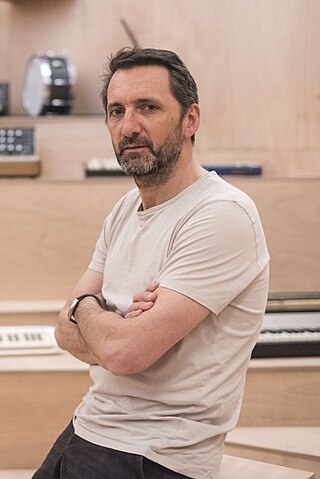
Xavier Veilhan, is a French artist who works and lives in Paris, France.
Philippe Goddin is a leading expert and literary critic of The Adventures of Tintin, and author of several books on Tintin and his creator, Hergé. He was general secretary of the Fondation Hergé from 1989 to 1999.
Carlos Ginzburg is a conceptual artist and theoretician born in 1946 in La Plata, Argentina. He studied philosophy and social theory.
Laurent Grasso is a French conceptual artist living and working in Paris.

Agnès Thurnauer is a French-Swiss contemporary artist. Primarily a painter, she also works with a number of other media and techniques.
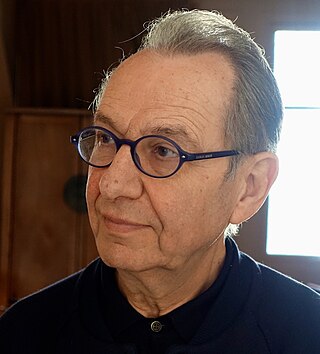
Jean-Hubert Martin is a leading art historian, institution director, and curator of international exhibitions. Through his professional career, he contributed to expand what is considered as contemporary art as well as create a dialogue between different cultures and ethnic groups.

Élisabeth Lebovici (born 1953) is a French art historian, journalist, and art critic.
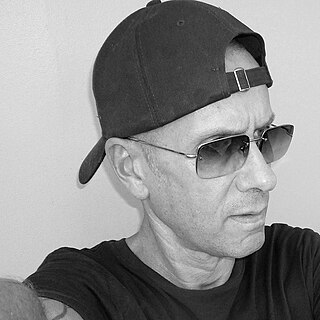
Pierre Denan is a French writer and artist.
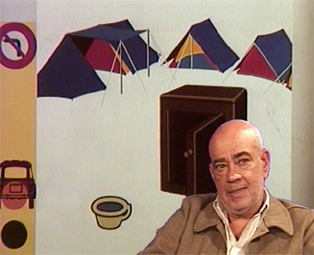
Hervé Télémaque was a French painter of Haitian origin, associated with the surrealism and the narrative figuration movements. He lived and worked in Paris from 1961 on.
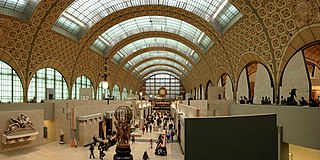
The 136 museums in the city of Paris display many historical, scientific, and archeological artifacts from around the world, covering diverse and unique topics including fashion, theater, sports, cosmetics, and the culinary arts.
Mimosa Echard is a French visual artist who lives and works in Paris.













